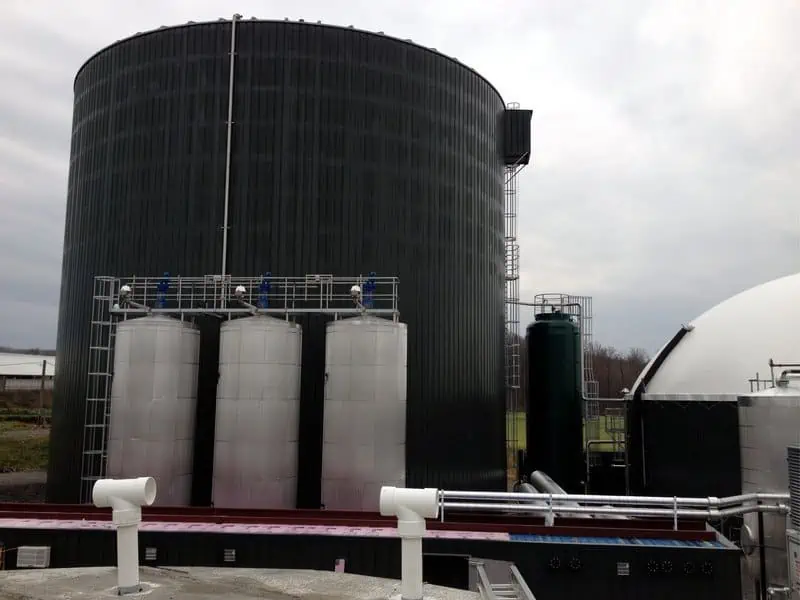Community Biogas
When considering community biogas, consider the large quantities of cow dung and other organic waste in rural areas. A coordinated community can produce significant amounts of biogas. Community-based or “biogas farming” can counter the rising prices of crude oil. Biogas could emerge as an alternative to fossil fuels, whose stocks will soon be depleted.
Salasar Agrotech Pvt. Ltd. developed the Balaji biogas plant. This is an excellent example of a hydraulic biogas system. Construction of the plant uses a steel mould, concreting the complete plant into sections. This modular construction approach can quickly produce a series of identical biogas plants.
The viability of a particular community biogas plant design depends on the specific environment in which it operates. The Chinese and other Indian systems outlined elsewhere can be scaled up to cater to small community needs.
There is also a benefit when considering systems of this size to consider other alternative systems. For instance, gasification uses biomass (wood, waste from crops, vegetables, etc.) heated in an air-lean environment. The gasifier produces gas that can run engines. Apart from running machines to generate electricity, Gasifiers can also power vehicles like cars and trucks.
In designing a community biogas system, the system’s reliability depends on providing adequate feedstock supplies to keep the plant operative. Suppose the physical resources are only sometimes available. In that case, a backup fuel source (for cooking stoves, et. c) should be included. This will add costs to the overall biogas system.
Although several large biogas plants exist in various countries, only some can be genuinely community biogas. One Indian ‘mini’ community system operated between 1969 and 1970 in Khiroda Panchayat, near Bhusaval, Maharashtra.
The idea of community biogas plants can bring the benefits of biogas systems within reach of the poorer sections of the rural population. Unfortunately, most cooperative ventures seem only to succeed when there is positive leadership (individual or institutional), and once cooperation is absent, a system soon appears to fail.
An innovative approach to community systems might come from the Loowatt system. The Loowatt toilet uses a mechanical sealing unit to contain human waste in the biodegradable film with apparently low odours. A cartridge beneath the toilet collects the waste. The frequency of emptying daily or weekly depends upon the usage and capacity. A pilot system operates in Antananarivo, Madagascar, and uses waste to produce biogas. The aim is to increase the value of toilet ownership and produce some biogas, while fertiliser products will feed value back into the whole system.
Does a community biogas system interest you? You must create a business plan or proposal to support the idea. The Faculty of Engineering and Industrial Sciences at the Swinburne University of Technology developed a Biogas Plant Proposal. This provides some ideas for building your own. Also, check out the Community Biogas plans page. This provides a lot of information on designing systems for villages or larger groups of people.



Leave a Reply
You must be logged in to post a comment.